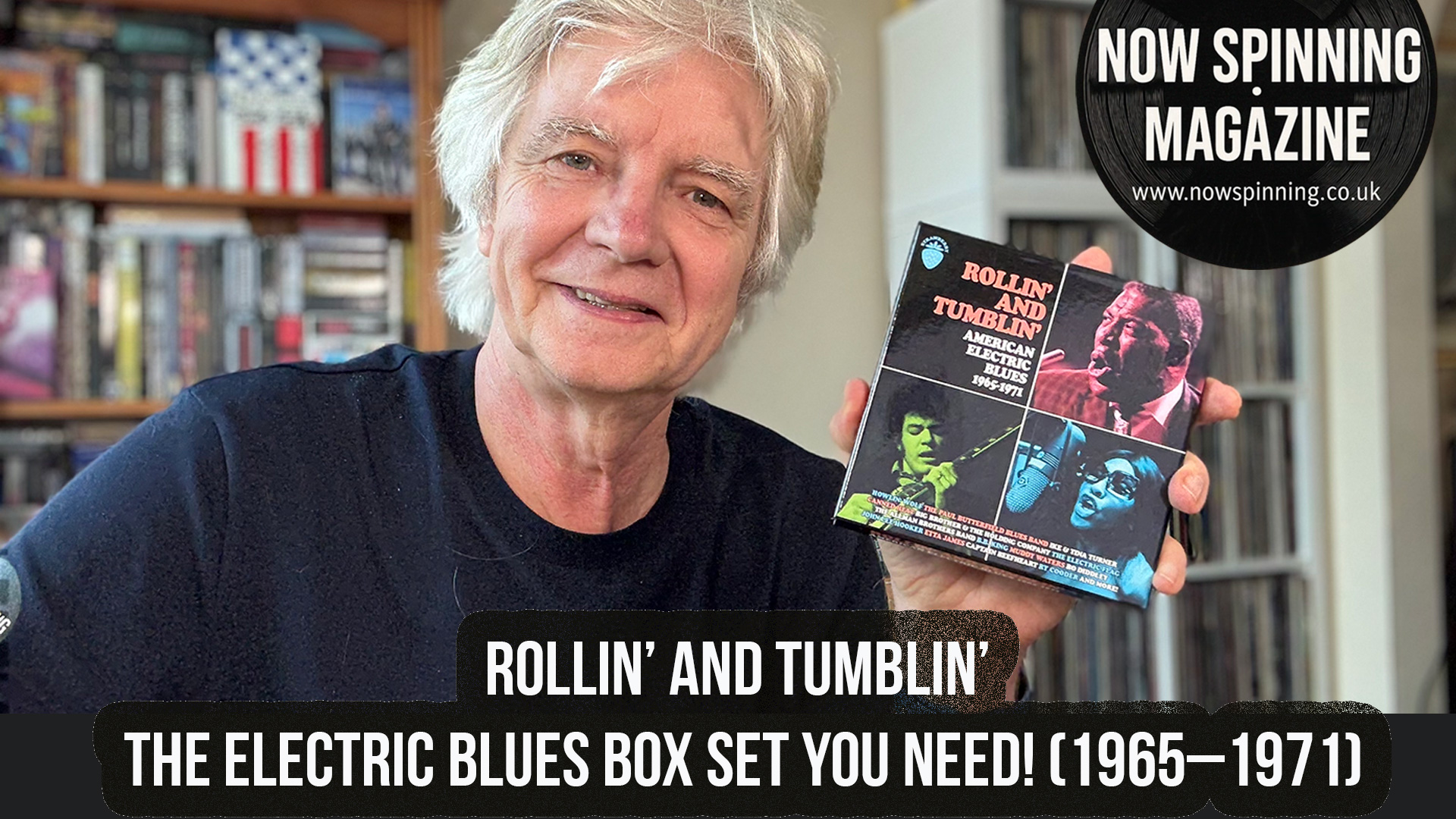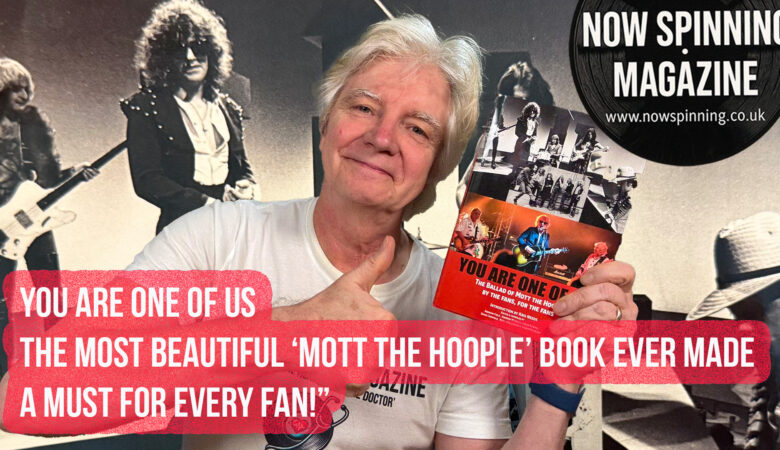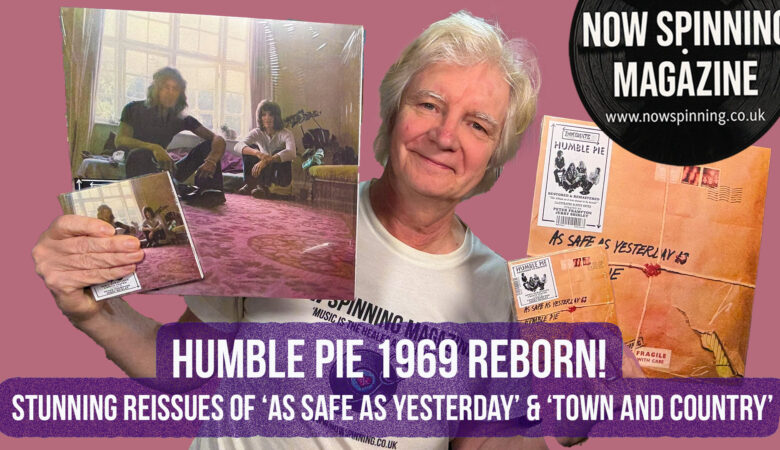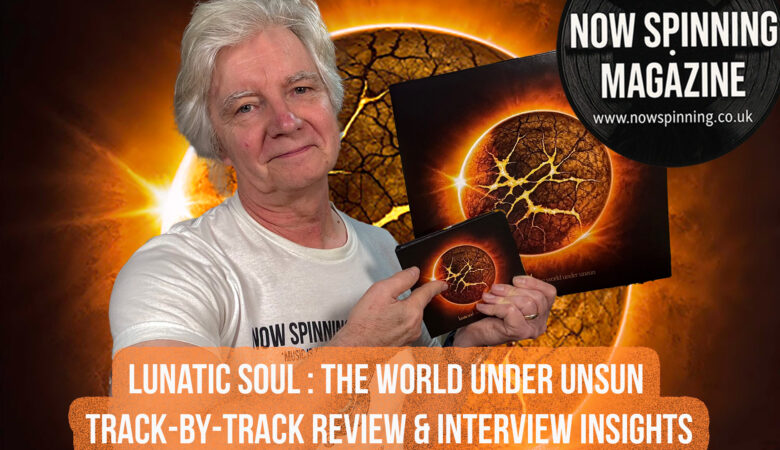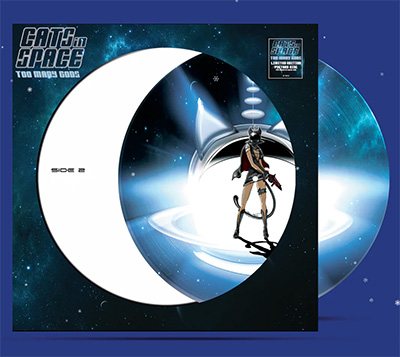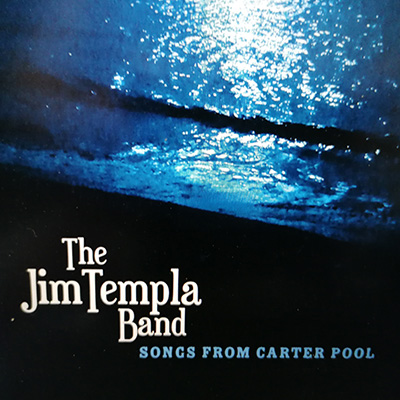Back Door – Vienna Breakdown: The Recordings 1971–1976 (Esoteric Recordings / Cherry Red)
Hi, Phil here from Now Spinning Magazine, and this time we’re diving into something a little different: jazz. UK jazz. The 1970s. And specifically, the remarkable band Back Door. Their new box set, Vienna Breakdown: The Recordings 1971–1976, has just been released by Esoteric Recordings, and it’s an absolute gem.
First Impressions of the Box Set
Presented in a sturdy, glossy clamshell case, this set includes five CDs covering the band’s entire output from their early Impulse Studio sessions in 1971 through to their 1976 release Activate. Each disc comes in a card sleeve with the original artwork, while the accompanying booklet is everything we’ve come to expect from Esoteric – thick, substantial, and packed with essays, photographs, press cuttings, and detailed credits.
It feels like the definitive word on the band. Instead of a half-hearted compilation, Esoteric have gone all-in, remastering the material (by Ben Wiseman at Broadlake Studios in Hertfordshire) and presenting the music with real care.
Who Were Back Door?
Back Door were a pioneering British jazz-rock trio formed in Yorkshire in 1971:
Ron Aspery – alto & soprano saxophone, flute
Colin Hodgkinson – bass guitar, vocals
Tony Hicks – drums
What made them so unique was their lineup – no guitar, no keyboards, just sax, drums, and Colin Hodgkinson’s groundbreaking approach to the electric bass. Hodgkinson didn’t just hold down the rhythm; he played chords, solos, and even handled lead vocals later on.
They were signed to Warner Brothers after making waves on the live circuit and recording their debut album independently in 1972. Their blend of jazz, rock, and blues didn’t neatly fit into the categories of the time. Too rock for the jazz purists, too jazzy for the rock crowd. But they carved out their own corner and earned a reputation for adventurous, uncompromising music.
Colin Hodgkinson later went on to play with Alexis Korner, Whitesnake, and Spencer Davis. Tony Hicks has a Deep Purple connection, and Ron Aspery remained a respected saxophonist until his passing in 2003.
The Music Across the Set
The debut Back Door (1972) is pure jazz – British jazz at its most innovative. No frills, no guitars, just raw, inventive playing. I’ll be honest: if I had stumbled on this as a teenager when I was into Slade, T. Rex, Deep Purple, and Rory Gallagher, I probably wouldn’t have given it the time of day. But listening now, with older ears, it’s astonishing.
By the second album, 8th Street Nites (1973), Hodgkinson starts adding vocals, giving the music a different edge and making it more accessible. BBC sessions included here show just how tight and creative the trio were.
Another Fine Mess (1975) sees the band pushing further, adding more blues flavour, while Activate (1976) edges toward jazz-fusion territory and even brings in guitar.
What shines throughout is the sheer inventiveness of Colin Hodgkinson’s bass playing. Honestly, after hearing this set, I’d happily place him in any conversation about the greatest bass players of all time. His use of the Fender bass guitar as a lead instrument is mind-blowing.
Why This Box Set Matters
Let’s be real: how many people are streaming Back Door at this very moment worldwide? Probably not many. But that’s why sets like this matter. Esoteric didn’t need to create such a lavish retrospective for a band that remains a cult name – they chose to. And in doing so, they’ve given us a way to rediscover a group who were pushing boundaries while I, and many others, were looking elsewhere in the early ’70s.
For me, this has been part of my ongoing “jazz education.” Every day is a school day, and I love being able to stumble into a corner of music history I missed the first time around.
So if you’re curious, open-minded, or simply want to hear one of the most extraordinary bass players to ever plug in, Vienna Breakdown is well worth your time.
Back Door: Vienna Breakdown – The Recordings 1971–1976 is out now on Esoteric Recordings.
Phil Aston | Now Spinning Magazine



